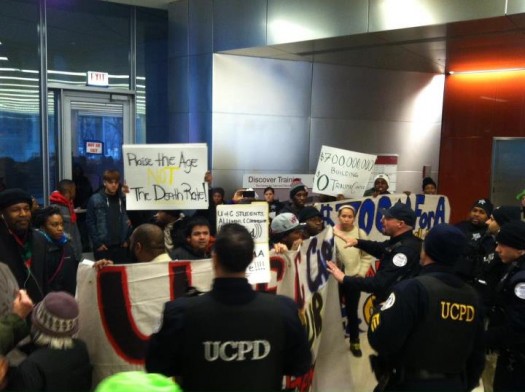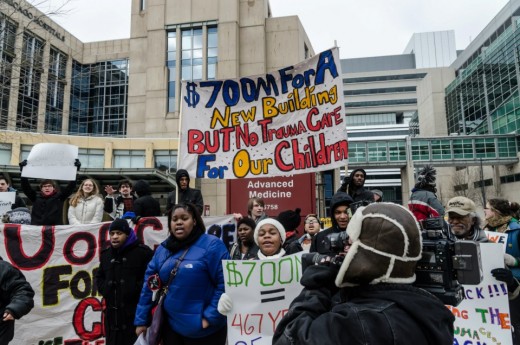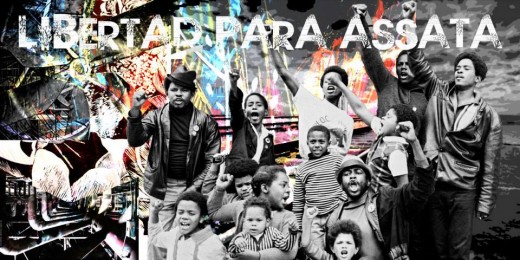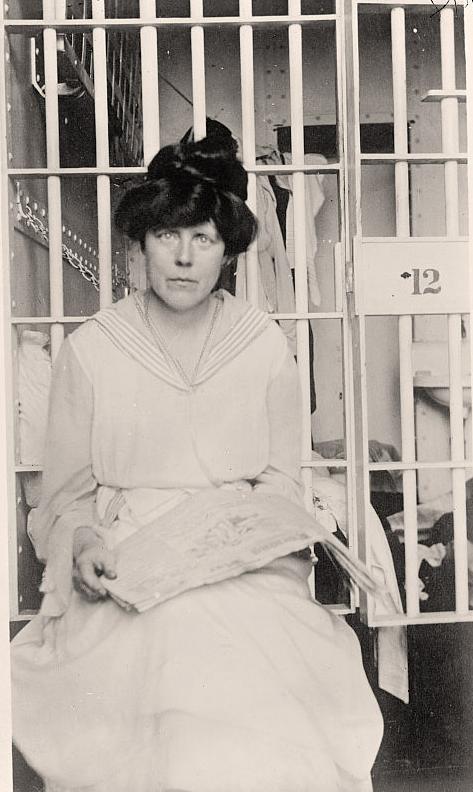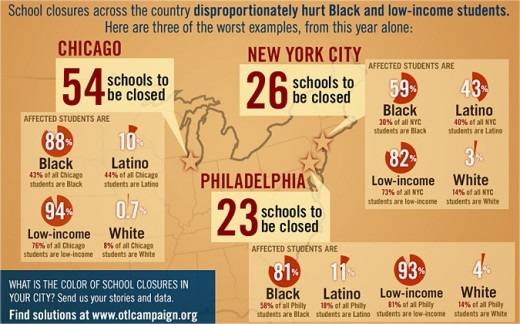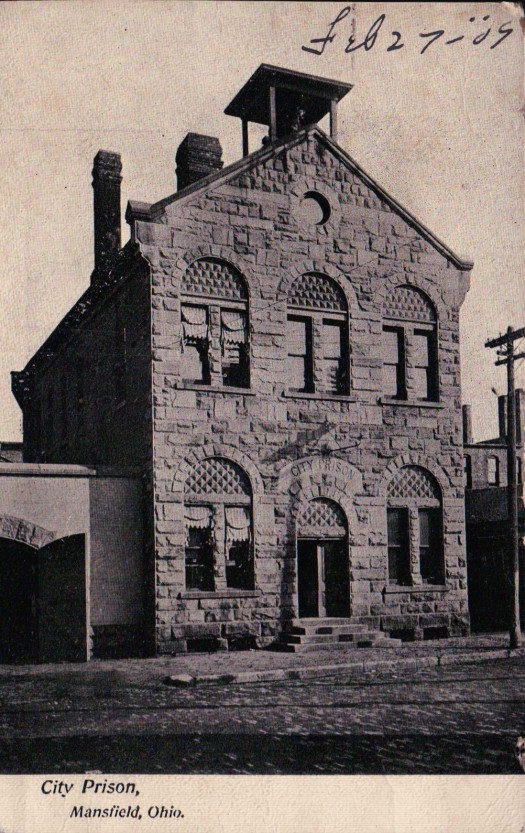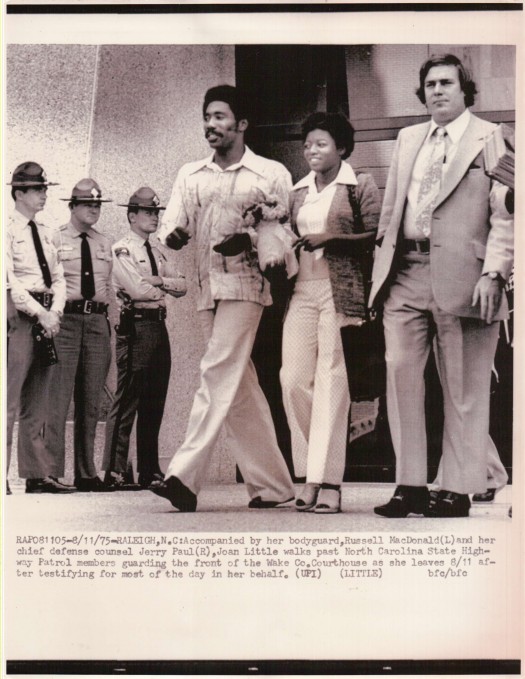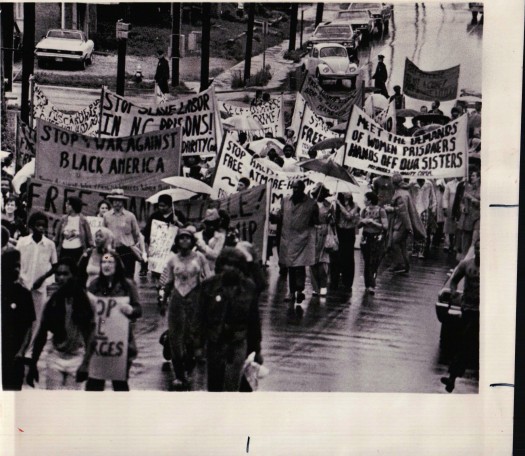Black Deaths and The Fight For Trauma Care on the Southside…
“Cause everybody dies in the summer.
Wanna say ya goodbyes, tell them while it’s spring.
I heard everybody’s dying in the summer, so pray to God for a little more spring. — Chance The Rapper”
Summer is around the corner in Chicago… These words have a specific meaning if you live in this city. I was thinking about the summer on Tuesday as I sat in an auditorium at the University of Chicago with over 400 people. It was packed and this meeting had been three years in the making. The young people from Fearless Leading By the Youth and their adult allies had spent that time organizing, researching, petitioning, sitting in, and dying in for an opportunity to meet with the administrators of the University of Chicago Medical Center (UCMC). Their demand: to establish a level 1 trauma center for adults on the southside of Chicago.
“They merking kids, they murder kids here
Why you think they don’t talk about it? They deserted us here
Where the fuck is Matt Lauer at? Somebody get Katie Couric in here
Probably scared of all the refugees, look like we had a fucking hurricane here.” — Chance The Rapper
There are over 800,000 people who live on the southside and some neighborhoods are particularly plagued by gun violence. Yet gun shot victims are often taken miles away from their communities to access the critical trauma care that they need. The cruel distance contributes to our untimely deaths. Many community members have found this to be unjust over the years but it was the young people of FLY, who after the death of their friend Damian Turner in 2010, mobilized to change the situation.
As I listened to the UCMC administrators tout the ways that their institution already “promotes health and wellness” on the southside, I admit that my mind was also wandering. I took notice of the diversity of the crowd: a mix of young and old, medical students and local community members, black, latin@, white and asian folks, people in wheel-chairs and the outwardly able-bodied. I felt some sadness as the spectre of death loomed in the space. Here we all were in this room having to affirm once again the value of black lives. UCMC said that the lack of trauma care on the southside was a “societal” problem and they were of course right. But it still felt like a deflection from its responsibility as a medical institution to save more black lives. This is our relentless mourning song. It’s a familiar one to young men like Chicago-born and raised Chance the Rapper and his peers.
But my sadness and frustration were also tempered by hope. The UCMC administrators, who had previously refused to meet with community members about their demand for a trauma center, were in fact now doing so. They had been pressured into talking with us. They also changed their tune about the fact that no new trauma center was needed on the southside. Dean Kenneth Polansky said there was in fact a need for trauma care services but that UCMC could not afford to provide them. This was the message they conveyed.
As the administrators tried to bring the meeting to a close, the intrepid and dedicated Alex Goldenberg grabbed the microphone. He thanked the organizers for finally engaging with the community and then said what had been left unspoken throughout the meeting:
“The deaths that we’re talking about are Black deaths. If White people were dying at the rate that Black people die, this hospital would have had a trauma center a long time ago. You know it’s true.”
Alex added: “We’re not going to go away until you do more.” And so the struggle to establish a level 1 adult trauma center on the southside will continue. I believe that the community will ultimately prevail. Because it’s literally a matter of life and death…
Update: The following video from the Medill News Service does a good job summarizing the events.
